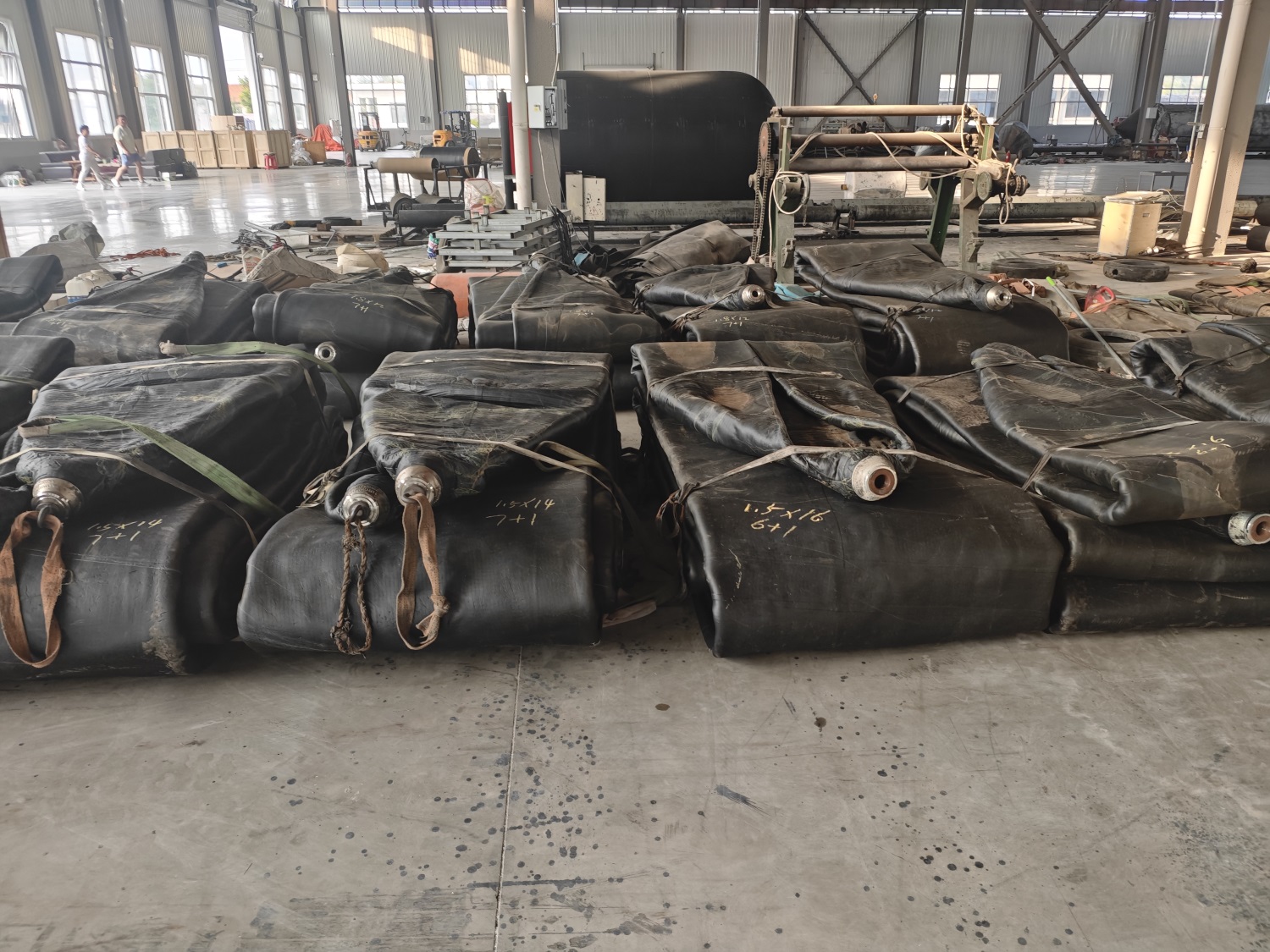Inflatable Fenders: The Essential Marine "Airbag"-Part 3
2025-11-14
V. Usage and Maintenance Guidelines
To ensure optimal performance and safety, the following points must be observed:
Pressure Monitoring: Always use a pressure gauge to inflate the fender strictly within the manufacturer's specified range. Under-inflation reduces performance, while over-inflation risks rupture.
Regular Inspection: Periodically inspect the fender surface for cuts, cracks, abnormal bulges, or wear, especially at connection points like metal flanges and lifting lugs.
Avoid Sharp Objects: Despite their rugged construction, avoid direct and violent contact with sharp hull protrusions (like welds, rivets) or rough dock edges.
Cleaning and Storage: Rinse with fresh water after use to remove marine growth and salt. For long-term storage, partially deflate the fender and store it in a cool, dry place away from heat and ozone sources.
Conclusion
The inflatable fender is a seemingly simple yet vitally important technological innovation in modern shipping and marine engineering. With its exceptional buffering performance, versatile application, and outstanding cost-effectiveness, it silently guards the safety and efficiency of the global maritime industry, rightfully earning its title as the "Guardian of the Waterfront." From the gentle nudge of a mega-ship against the dock to the stability of complex offshore operations, these dedicated protectors play an indispensable role.




